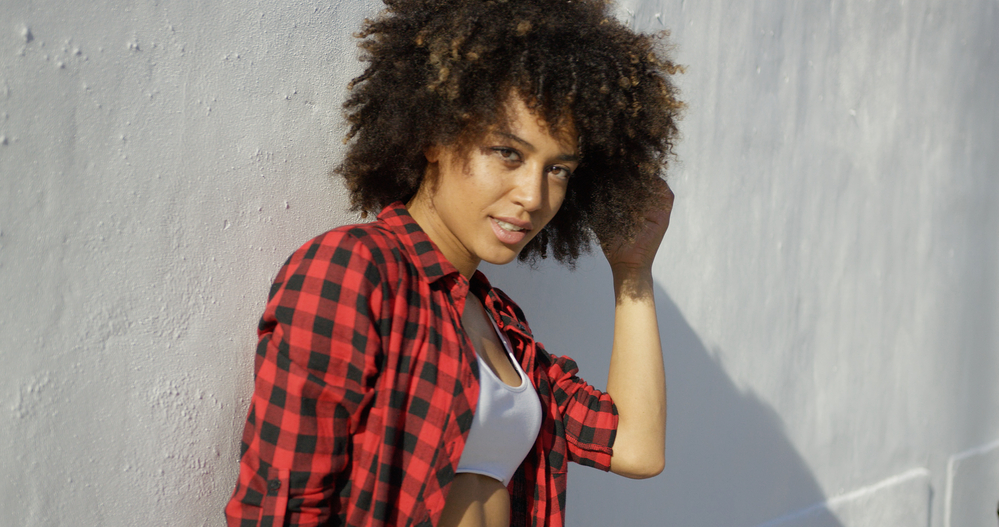
Do you feel like it takes days for your hair to get 100% dry? When this happens, it can put a damper on your hairstyling routine and increase the risk of mold growth on your hair and scalp.
If you think your hair takes longer than it should to dry, keep reading. In this article, we’ll address the common reasons behind slow-drying hair and provide you with steps you can take to speed up the drying process.
Table of Contents
Why Does My Hair Take So Long To Dry?
The primary reasons why your hair takes so long to dry are due to your hair's porosity, products, and environmental factors. In the next section, we explain each of these factors in detail.
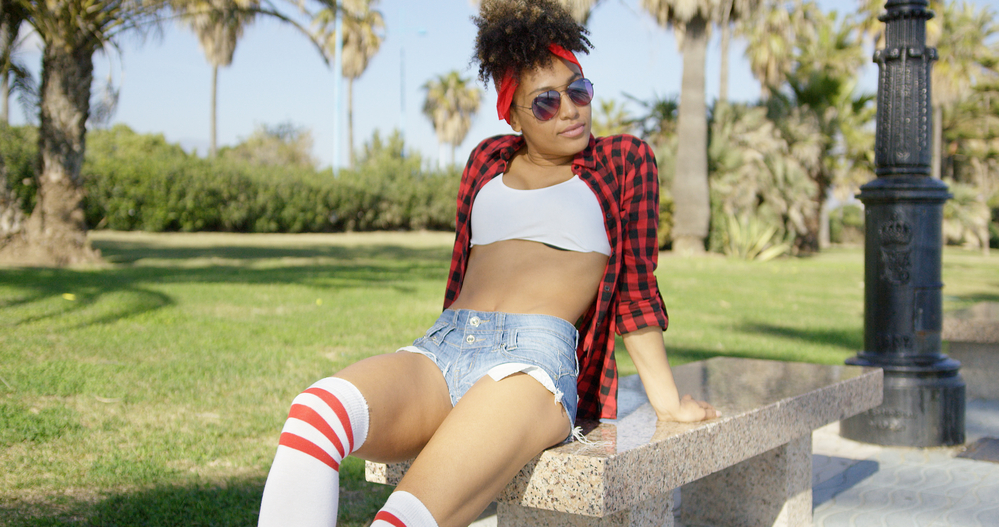
1. Low Porosity Hair
Low porosity hair cuticles are so tightly packed that water has a hard time penetrating them. Once the water is in, however, it can have an even harder time escaping.
As a result, people with low porosity hair may notice their hair taking an abnormally long time to dry. Read this article to learn more about hair porosity and the hair's ability to absorb moisture.
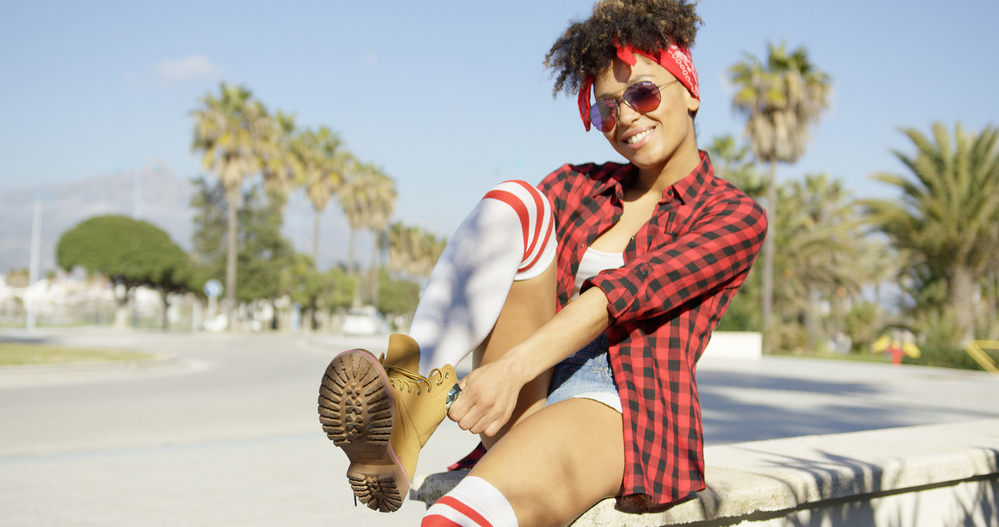
2. High Porosity Hair
High porosity hair has loose cuticles and open pores that readily accept water. This means water is able to enter and exit each hair strand easily.
Although high-porosity hair doesn’t hold onto water as tightly as low-porosity hair, it does hold onto more water per strand. So, while high-porosity hair may technically dry more quickly, the fact that there is more water to evaporate may increase your hair drying time.
Note: Hair coloring, heat damage, bleaching, and relaxing can all cause your hair to become more porous. As mentioned before, highly porous hair holds onto a higher volume of water and can take longer to dry as a result.
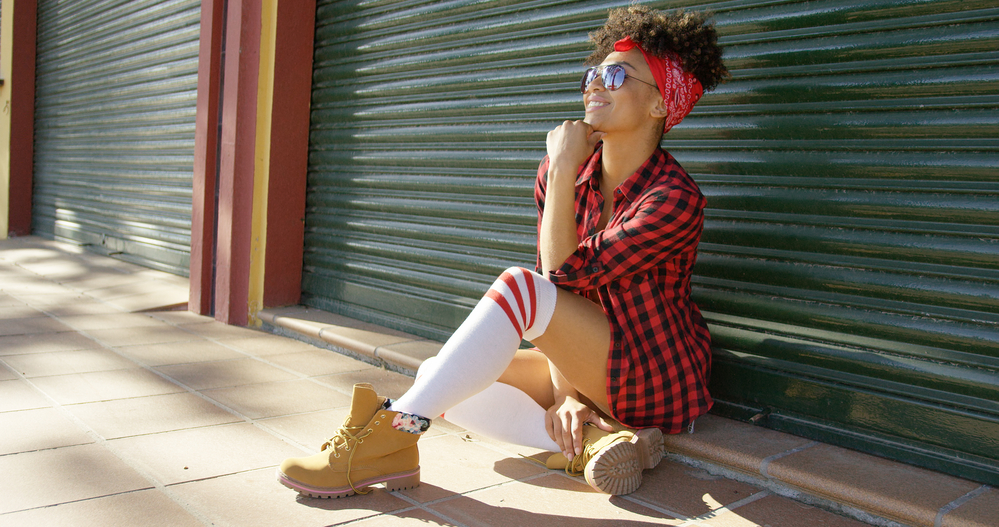
3. Thick or High-Density Hair
If you have thick or dense hair, you may notice drying takes much longer. In addition to having more hair to dry, the thicker and denser your hair is, the more water it is able to hold onto.
4. Hair Products
The type of hair products you use can influence how long your hair takes to dry. Products that contain humectants (honey or glycerin, for example) can actually pull moisture from the air and into your hair. Other products, like heavy oils and butters, coat your hair and trap all the moisture inside.
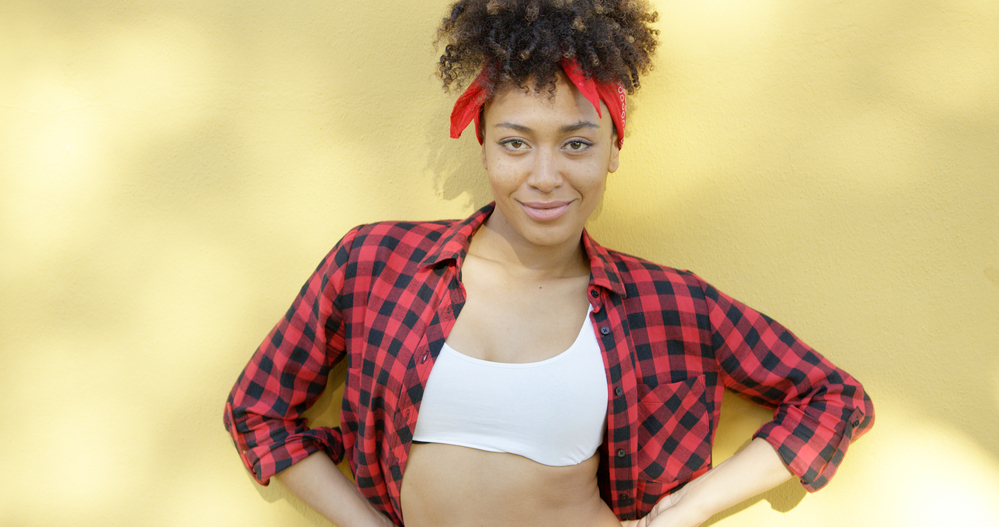
5. Environmental Factors
High humidity weather can slow down the drying process. When you let your hair air dry, the water from your hair evaporates into the air. The more moisture that is already in the air, the less moisture will be evaporated from your hair.
In addition, moisture from the air can actually transfer onto your hair and make it even damper. As a result, you may notice your hair takes more time to dry on particularly humid days.
How to Speed Up Your Hair Drying Time
Washing and drying your hair can be a time-consuming process. Whether you’re in a rush or just want to speed up your hair drying time, consider trying the following tips:
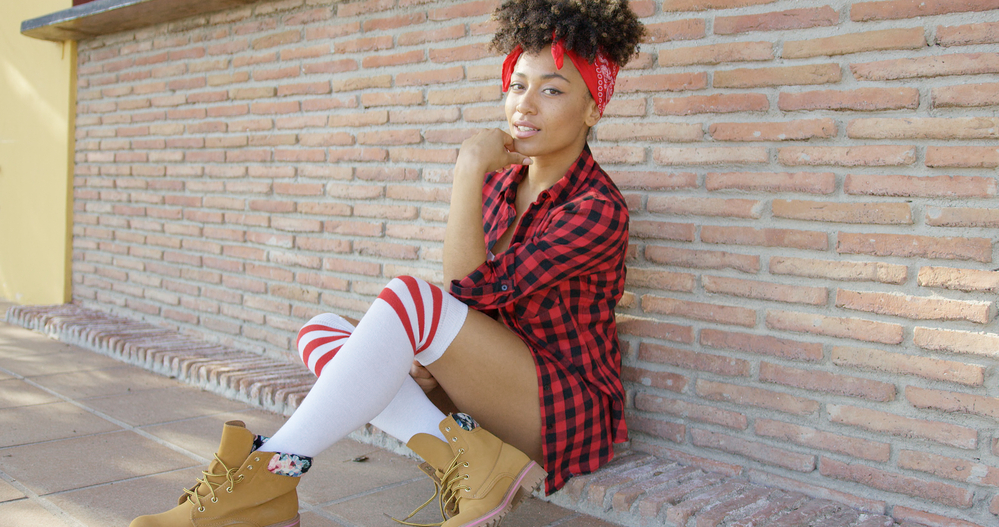
Use a Blow Dryer
Letting your hair air dry is a great way to avoid excess heat and manipulation, but it can take a long time. If you want to speed up your hair drying process, consider using a blow dryer.
If you’re concerned about heat damage, there are a few steps you can take to minimize the associated risks:
- Use cool or warm air to blow dry your hair. Many blow dryers have multiple heat settings. Using cool or warm temperature settings will still dry your hair and allow you to avoid the more damaging high heat.
- Use a heat protectant. Heat protectants come in the form of sprays, creams, serums, or gels. They coat your strands and form a protective barrier that minimizes heat damage. Just make sure to follow the directions and avoid using too much product.
- Air dry before you blow-dry. Air drying before you blow-dry helps you avoid extra heat and helps your hair dry more quickly. After you finish washing, wait until your hair is mostly dry before pulling out the blow dryer. This method enables you to avoid the adverse effects of air-drying and blow-drying and can cut your drying time in half.
- Use a diffuser. A favorite in the curly hair community, diffusers help disperse the heat from your blow dryer. While it doesn't eliminate heat, it does cut down on probability of damaged hair by spreading the heat over a wider area. Diffusers can also significantly reduce your drying time.
Note: Your roots often take the most time to dry, so drying them first can result in quicker drying sessions. By the time you finish drying your roots, you’ll notice your ends are already mostly dry.
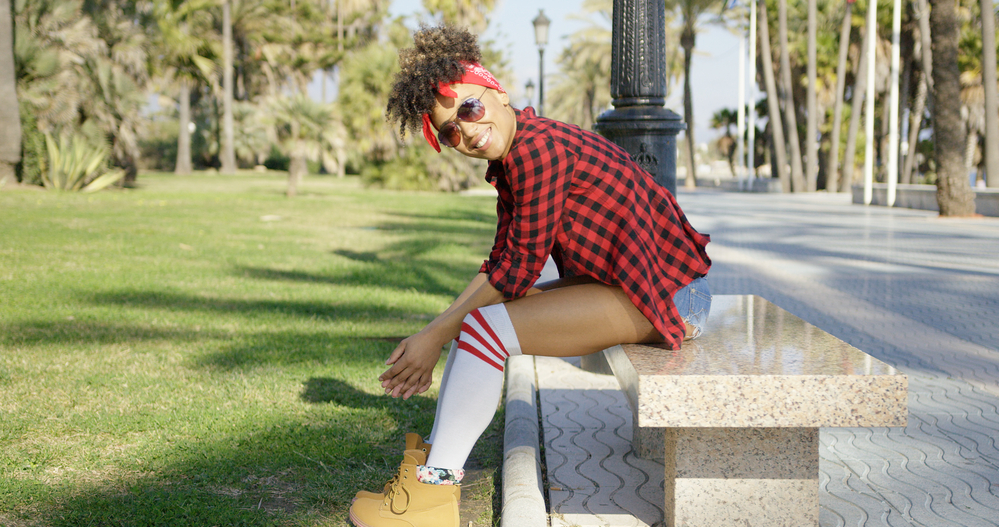
Use a Microfiber Towel
Microfiber towels are made of fibers that are much smaller and softer than the ones in a regular bath towel. These fibers are densely packed and have a large surface area. As a result, microfiber towels can absorb water more quickly.
Switching to a microfiber towel can save you a ton of time. In addition to cutting down on your drying time, microfiber towels are more gentle on your hair, can help reduce frizz, and won’t fall off your head as easily.
Try Plopping
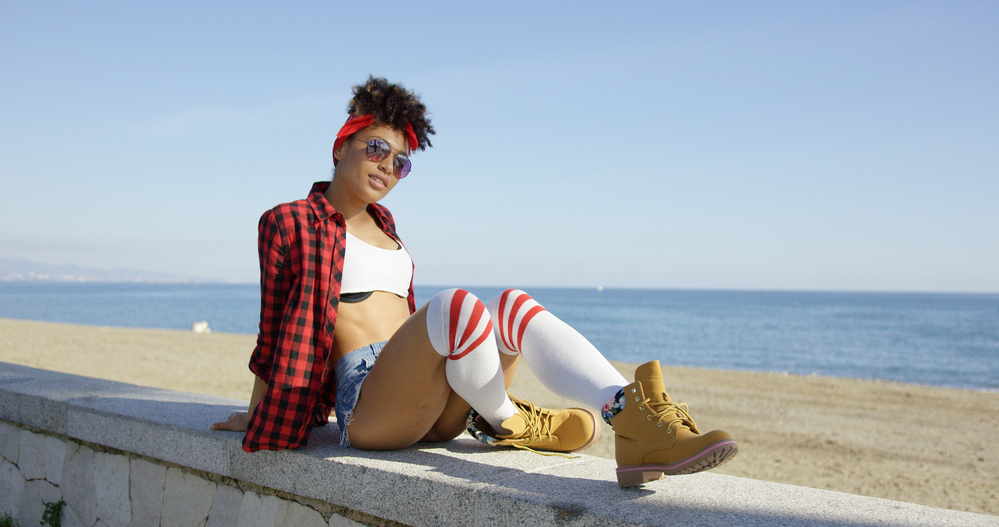
Plopping is a drying technique that is very popular among naturals. In addition to making your curls pop, plopping can help your hair dry faster.
- Wash and condition your hair like normal. Afterward, blot your hair with a t-shirt or towel to absorb the excess water. You don't want to plop soaking wet hair. Follow up with your favorite post-wash hair products.
- Lay a T-shirt or microfiber towel down onto a desk, bed, or table. If you’re using a shirt, lay the shirt down with the neck hole facing you.
- Face the towel or shirt and bend at your waist. Flip your hair forward onto the center of the fabric and layer it like an accordion as you continue to bend over. Your hair should be piled onto itself and not stretched out. Continue leaning over until the crown of your head touches the fabric.
- While you’re still bent over, grab the furthest corner of the fabric and bring it to the nape of your neck. Be careful to avoid squishing your hair during this step. The goal is to get as much of your hair piled on top of your head as possible. You’ll use the towel or shirt to form a sort of bag to keep everything in place.
- Grab the ends of your towel or the sleeves of your shirt and wrap them around your head. With your hair still piled up on top of your head, stand up and secure the sleeves or ends of the towel into a knot.
- Let your hair ‘plop’ in this position for up to 20 minutes before removing the towel/shirt. You can finish off by either air drying or using a blow dryer with a diffuser attachment to preserve your curls.
Try a Quick-Dry Product
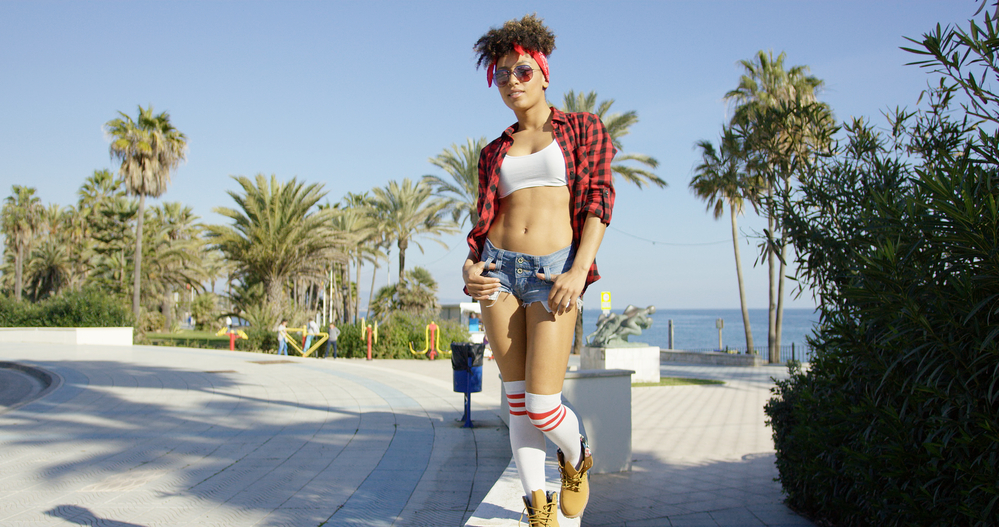
Did you know that there are products that are specifically designed to make your hair dry more quickly? This Quick Dry Shake N’ Spray contains ingredients that draw water from your hair so that it dries up to 50% faster. It's worth a try if your hair dries too slowly.
Use a Microfiber Hair Brush
Microfiber hair brushes are essentially wide-bristle brushes with microfiber bristles. They remove excess moisture from your strands and detangle your hair simultaneously.
Switching to a brush like this can save you tons of time. We recommend this brush for loose curl textures.
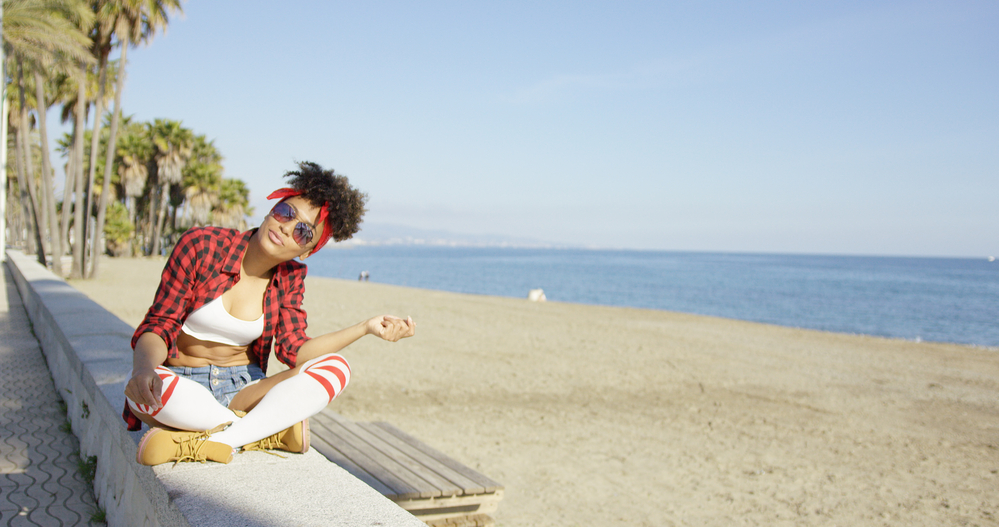
- How to Moisturize Low Porosity Hair After Washing
- How To Fix Wet Frizz
- How Many Times Should You Moisturize Your Hair
- Max Hydration Method
There are many different reasons why your hair can take a long time to dry and just as many ways to dry your hair faster. We hope this article has given you some insight into how to speed up your hair drying process without having to deal with the threat of heat damage.
Each method has its pros and cons, and you might even find that using a combination of several methods works best for you. Good luck!




